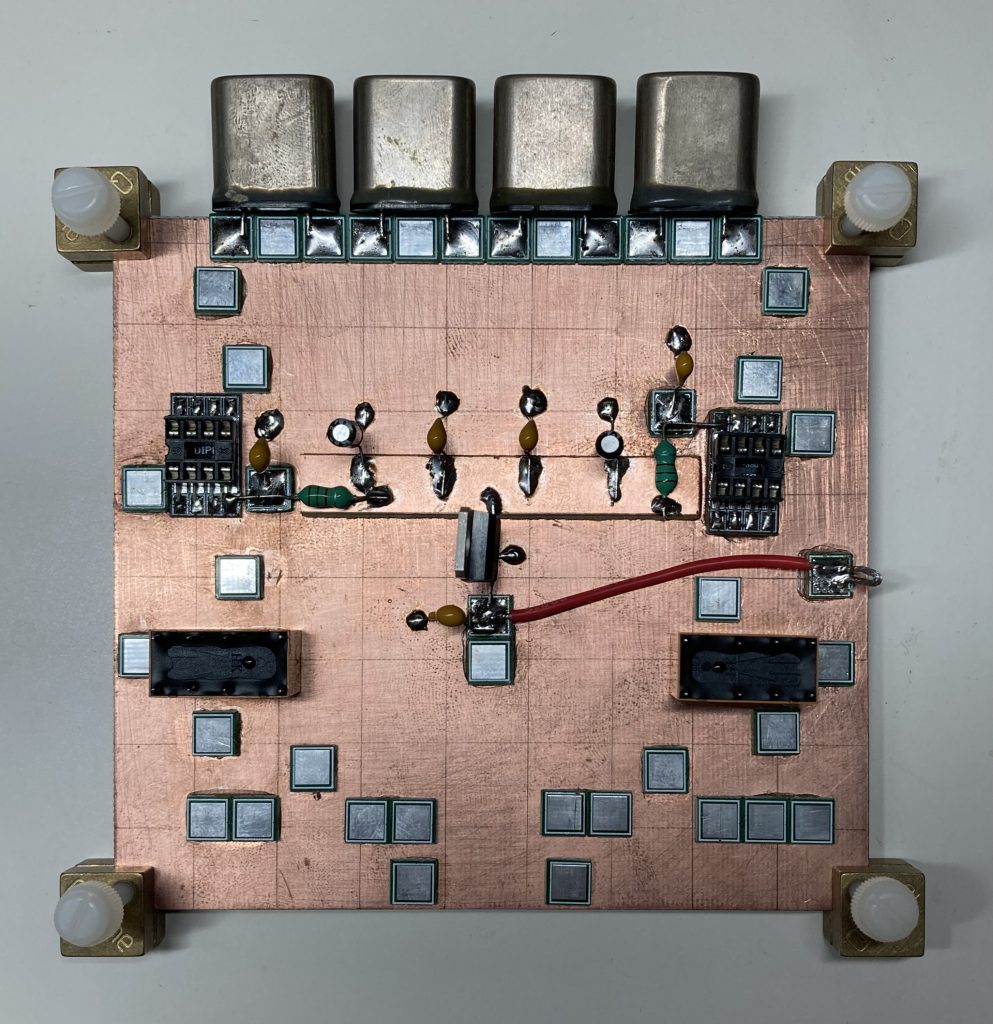I decided to take the opportunity with N0JIM becoming available, to get a matching US callsign with my UK one, so my US call is no longer KY4MF but N0JIM.
A little more progress on the VFO/BFO, I’ve completed the “build” and now need to upload the sketch to the Arduino, I’m just awaiting a USB C to Mini USB cable to connect it to my laptop. Once I’ve got the cable I’ll be able to setup the software and test the VFO/BFO.
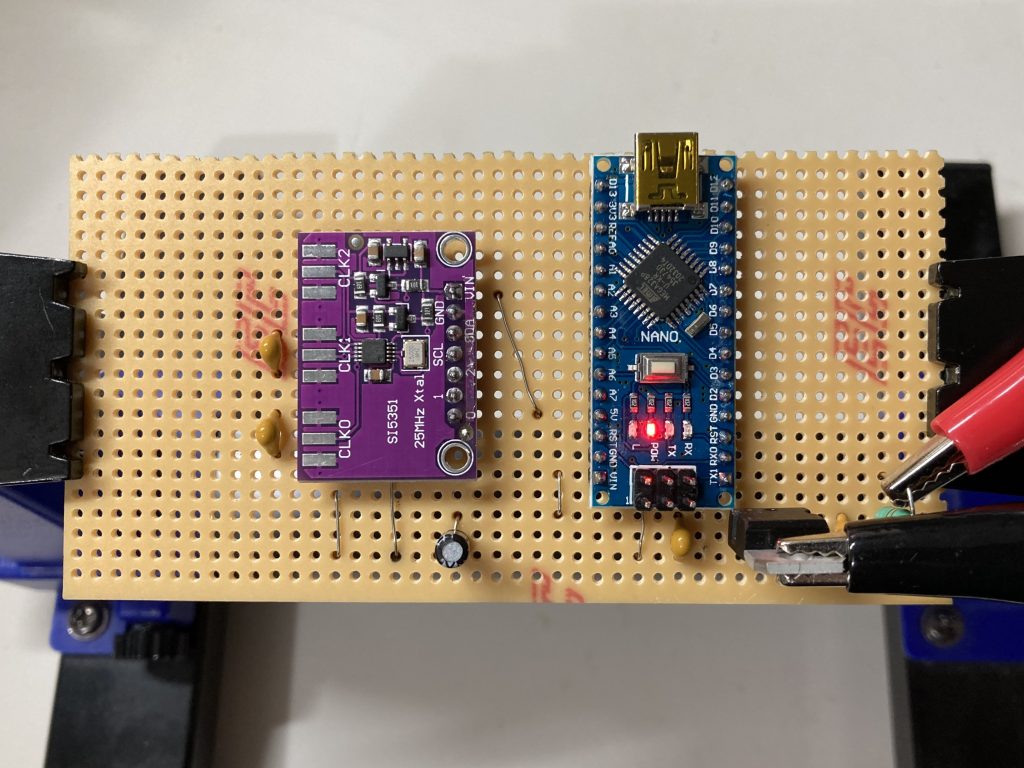
Having added the trimmer caps to the BPF I still had issues, the filter was off band and I couldn’t quite work out why, I fiddled a bit, replaced one of the variable caps which wasn’t measuring correctly, and then decided to model the filter in LTSpice to reproduce my VNA findings.
First of all I reproduced the schematic (with a 50 Ohm load). C3 and C6 represent the variable capacitors, adjusting them to 35pF brings the filter on band.
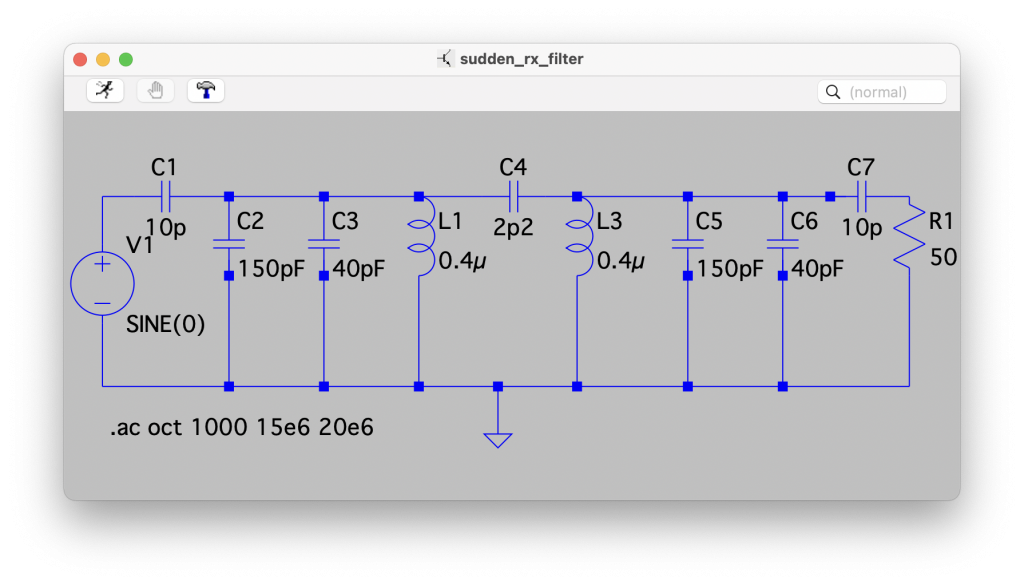
I managed to reproduce my problem by changing the 150pF capacitors (C2 and C5 below) to about 190pF, however I was fairly confident in those components, so I played with the inductor values and managed to reproduce my VNA findings almost exactly by adjusting the values from 0.4µ to 0.5µ.
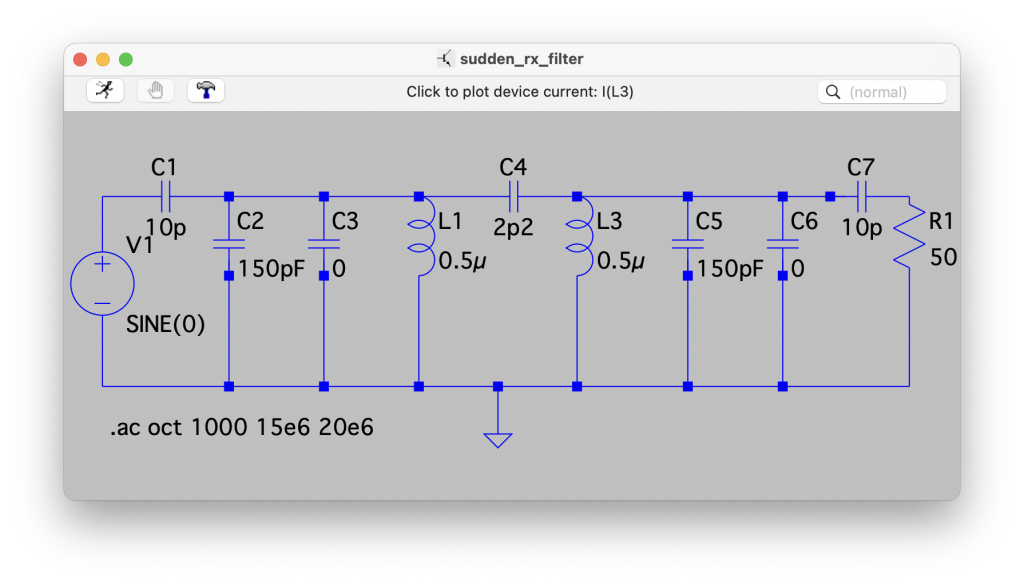
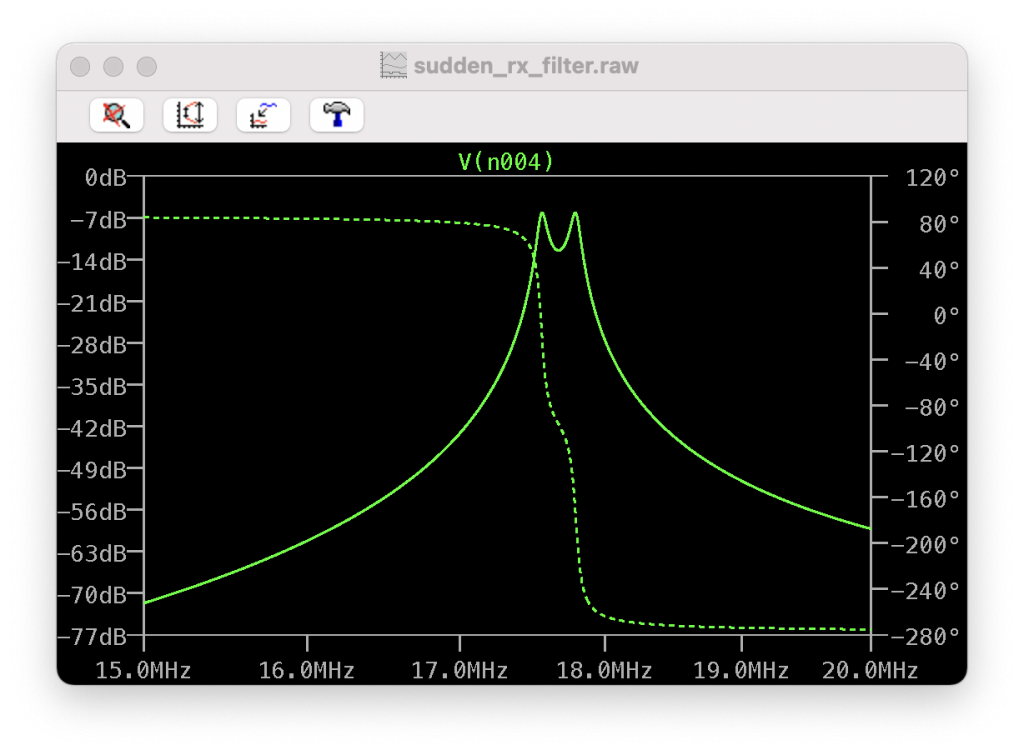
A closer examination of my filter and it became clear that the issue was the windings on the inductors which were too closely placed, once I spaced them out further I was able to get the filter on band.
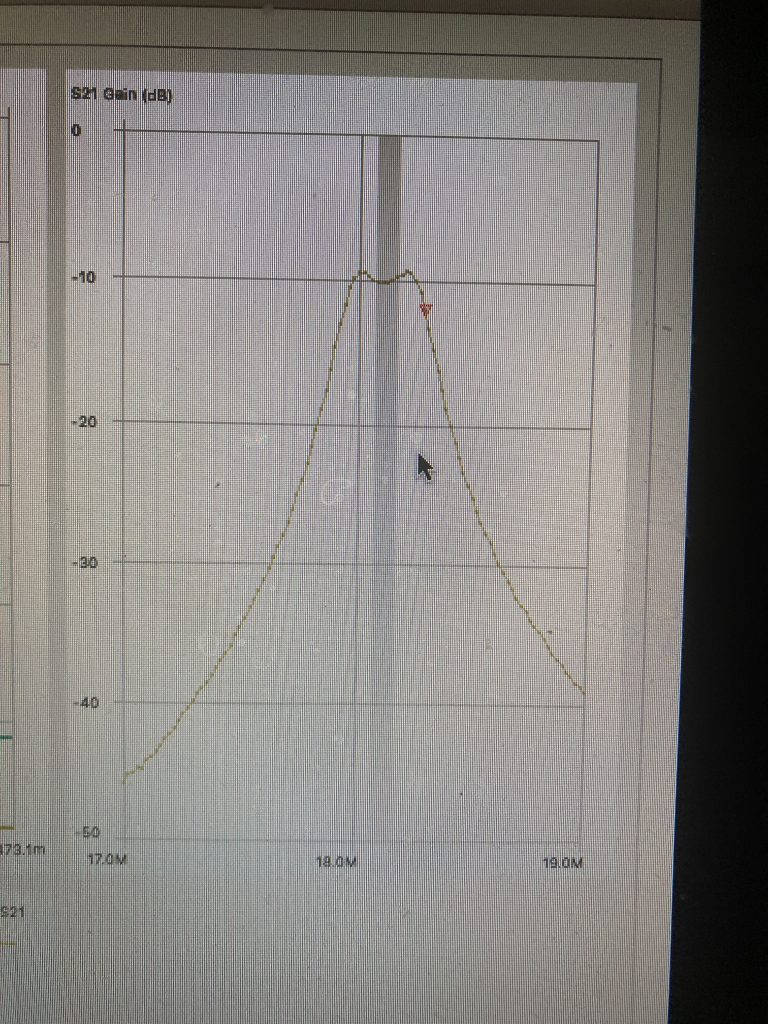

I’ve made a start on the receive BPF on the IF Board, however still having some issues. I am missing the trimmer caps so what I am seeing on the VNA needs to be taken with a giant pinch of salt. I’m encouraged by the shape of the filter but not the losses!
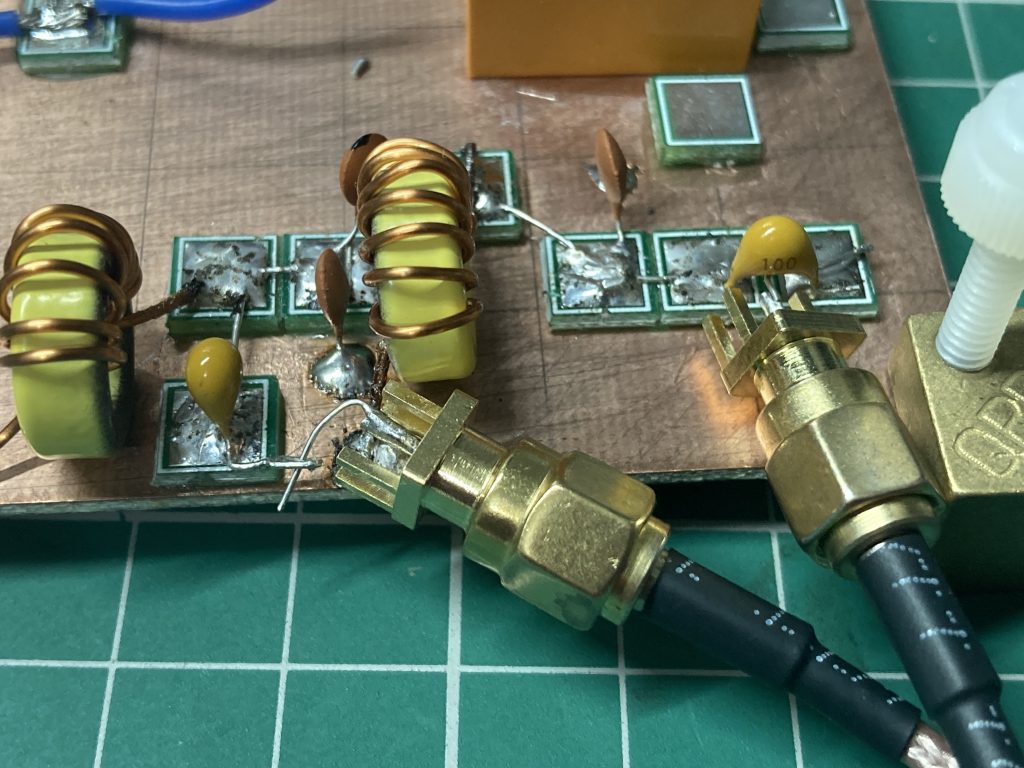
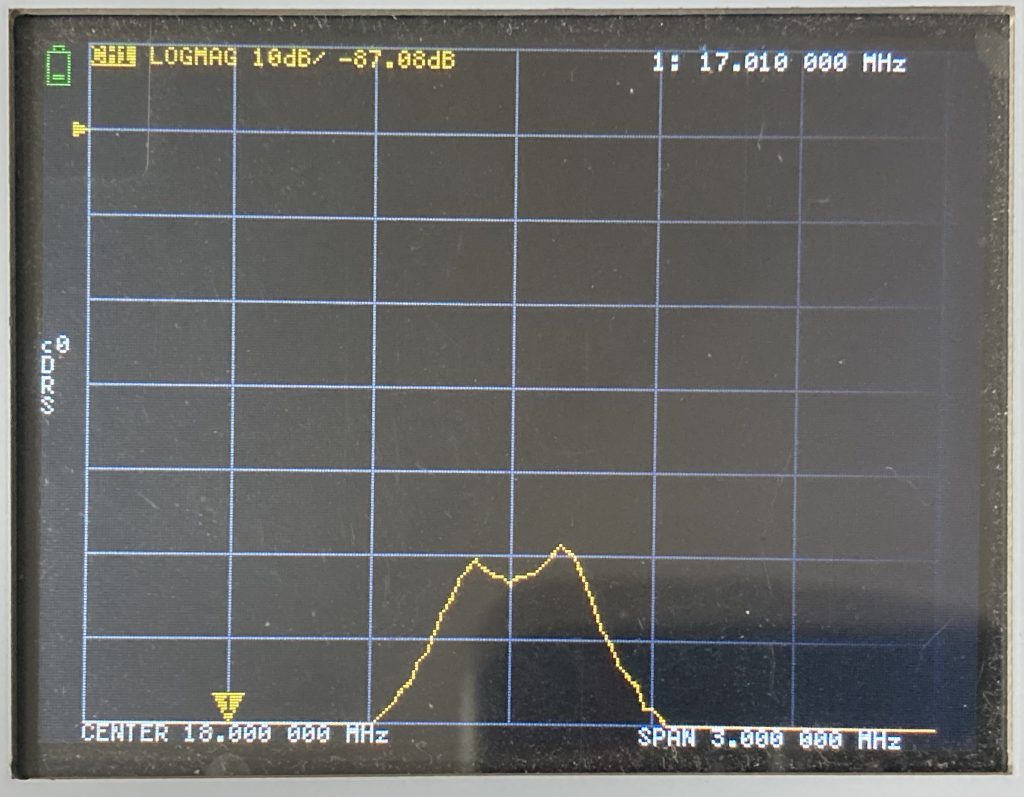
After a period of procrastination I’ve been forced to take a short pause on the IF board whilst waiting for some enamelled copper wire of the right SWG to arrive for the toroids, so thought I’d make a start on the VFO/BFO module.
When I originally prepared the board I didn’t test the breaks in the traces for continuity, so before placing the components I checked them and there were a number of breaks which had continuity. After sorting the continuity I placed the power regulator first (and tested it), I then started to place the rest of the components.
I’m not all that happy with some of the soldering on this but I think its good enough and shouldn’t need redoing.
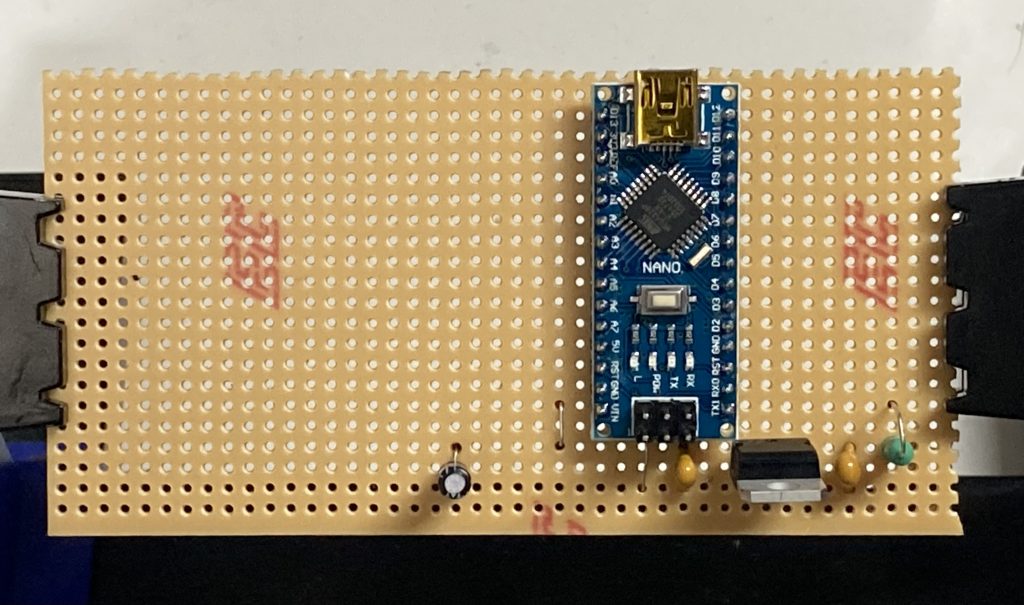
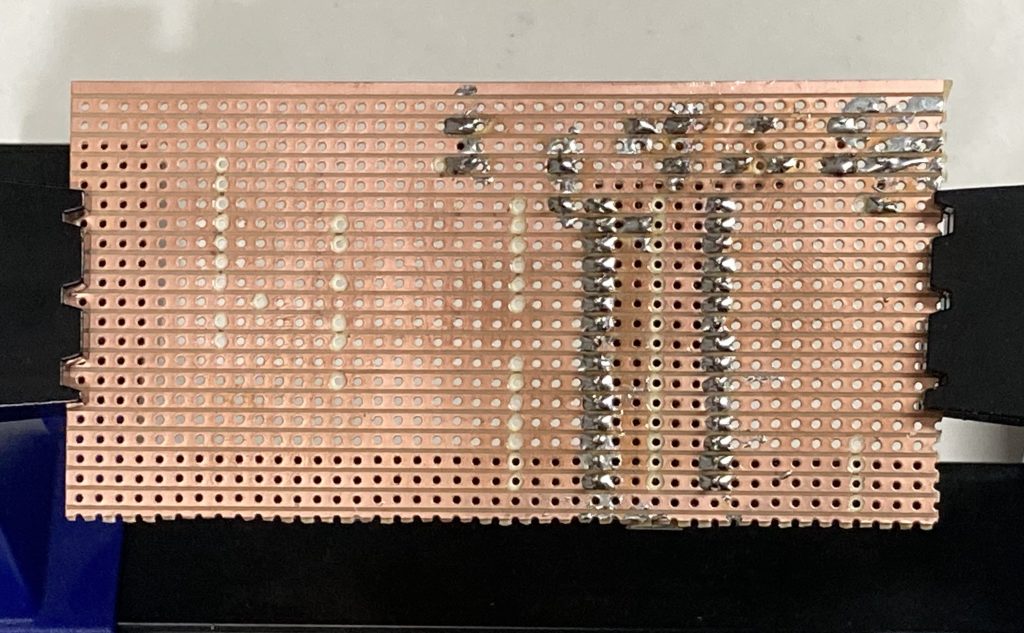
I’ve made a little progress on the IF board and started wiring up the relays, I also confirmed that they switch as expected with 12v. For the wiring, other than the 12v line, I used offcuts from components, however I’m not convinced that was the best move as it was somewhat tricky soldering them on to the relay and I’m concerned that I don’t have the best connections. I’ll take another look and if I don’t think they are good enough I’ll give them another go.
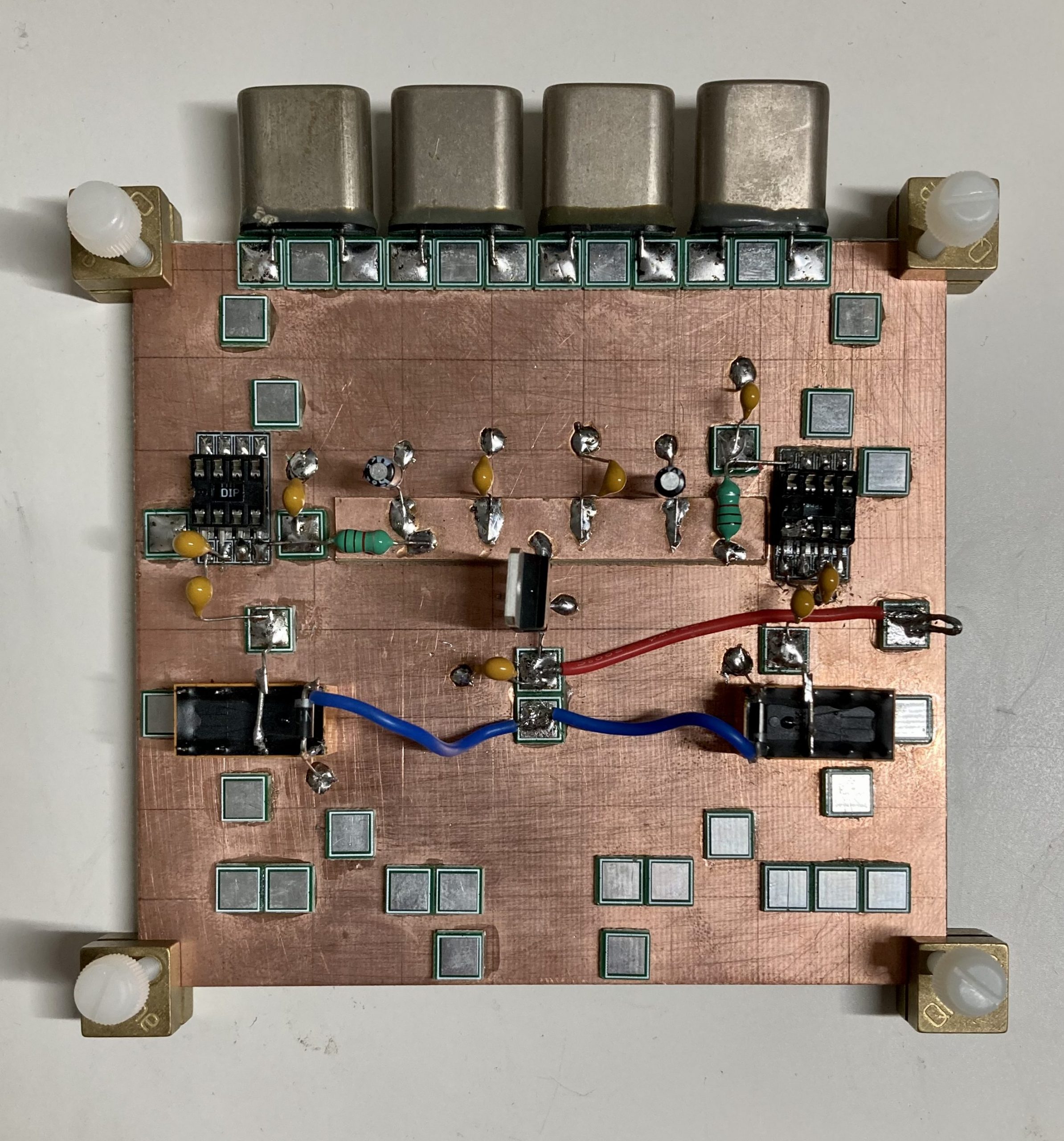
I finally bought a label maker this weekend after much frustration finding components in my drawers, much better now!
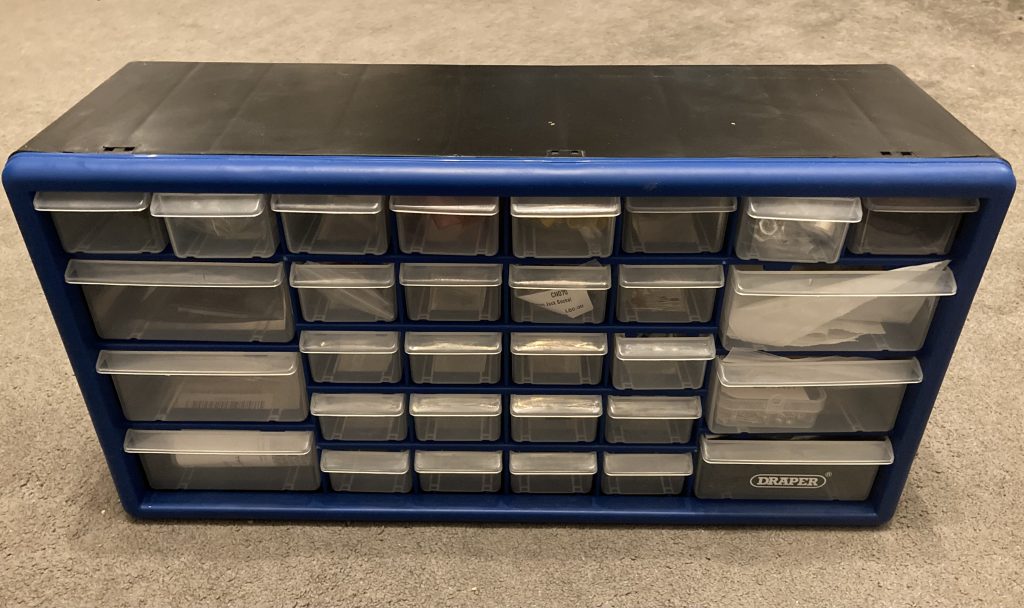
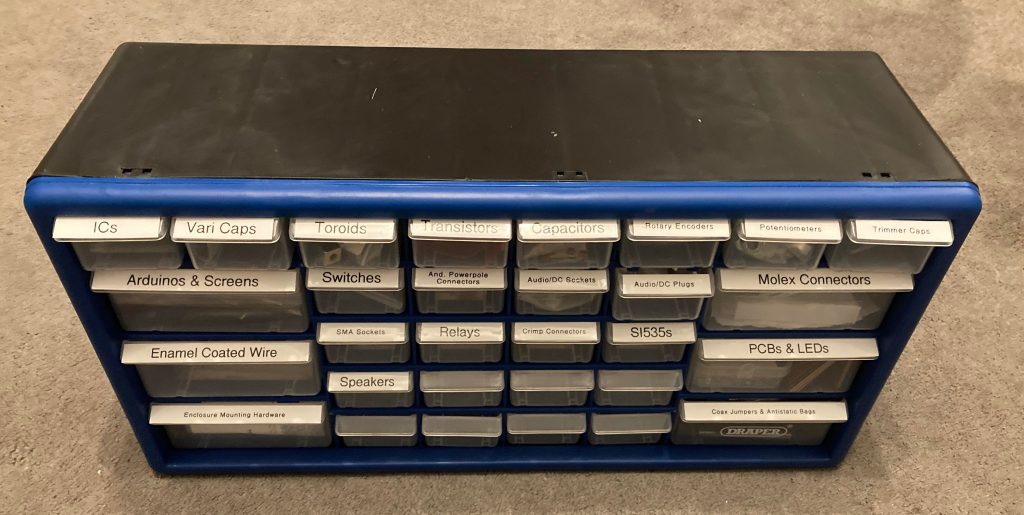
After getting my Extra callsign I didn’t waste any time in signing up as a Volunteer Examiner with GLAARG and got my certificate through this afternoon so I’ll have to start sitting in on some remote exam sessions and learning the ropes. Taking into account time zone difference early afternoon sessions Pacific time should work well for me, my own exam was 14:30 PST which works out as 22:30 here (GMT), so not sure I want to do any much later than that!
If we have enough GLAARG VEs around here then we may be able to do some in person sessions too, although personally I prefer the online thing for sheer convenience!
I’ve spent the last month studying for the US radio amateur exams using the Michael Burnette, AF7KB Fast Track books and the HamStudy app and last night took my all 3 exams and passed. I have to say a huge thanks to Dave DiGiorgio and the GLAARG / HRCC team for setting up my exam, I let him know Weds afternoon that I was going to get through the last of the question pool on Thursday and he got it set up for Thursday evening, very quick!
If anyone is looking to take any or all of the US exams I thoroughly recommend the Burnette books and the HamStudy app they are both great.
I did my studying in a bit of an odd order, I started with the Extra book just before Christmas, reading it on the Kindle and going through the practice exams on the website and using the HamStudy app, then just after new year I started listening to the Technician audiobook on my commute and runs along with going through the extra. I didn’t do the Fast Track practice questions for the Technician, I just used the HamStudy app a little. As I completed the Extra and Technician I then read and listened to the General which using both methods only took a few days, however I did make sure to go through the questions on the Fast Track website for that. For anyone else wanting to do the exams I’d probably recommend you study for them in order rather than in the odd order I did!
The HamStudy app is brilliant and it would be quite possible to study just using the HamStudy app, particularly if like me you already have a non-US license or knowledge of radio. If you don’t have any radio background then whilst possible with the HamStudy app alone I think it would be a struggle and you’d miss out without the extra context around the subjects, the explanations in the app probably aren’t sufficient for a good grounding.
Despite having my UK Full license and skipping some of the explanations/context in the books I did find it useful going over some of the familiar concepts from a different perspective and of course expanding my knowledge in the parts which didn’t overlap with the UK exams or my existing experience.
All in all it was a great experience and now I have my Amateur Extra call…KY4MF
I’ve made a slow start on the IF board now, just the power regulation, decoupling capacitors and RF chokes. I was planning on connecting up and testing the relays too, but I got a bit confused on how to hook them up, I’m using DPDT relays hooked up in ‘SPDT mode’ so am holding off until I can get some assistance from the ScratchQRP group.
